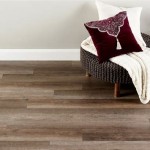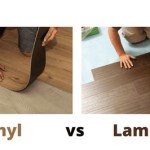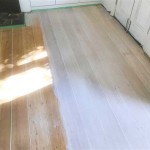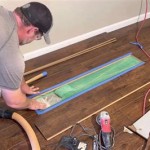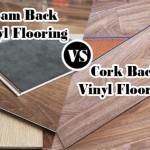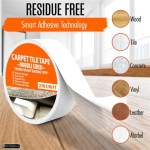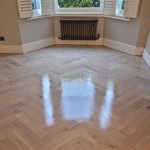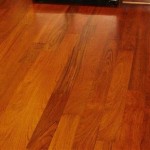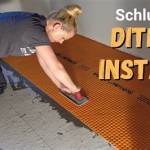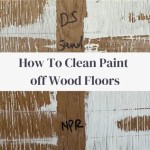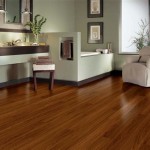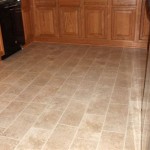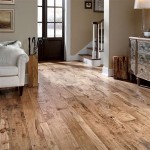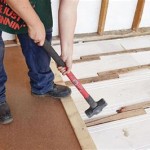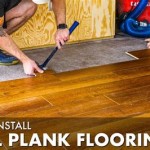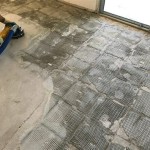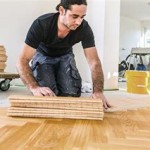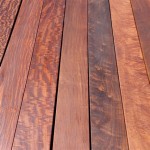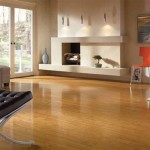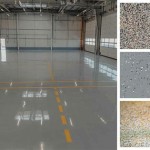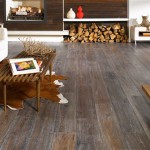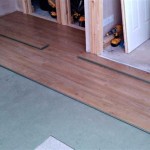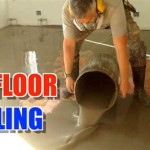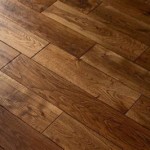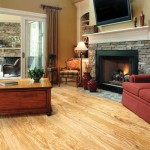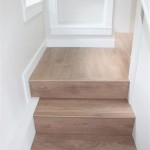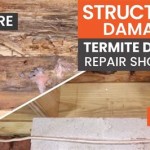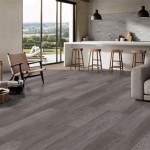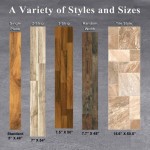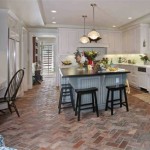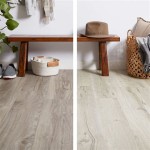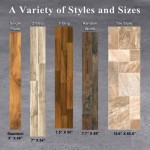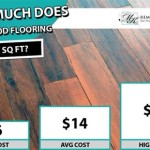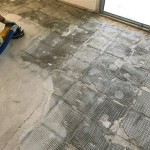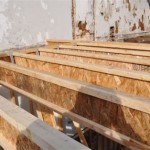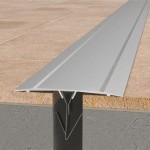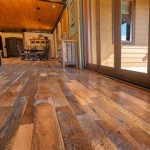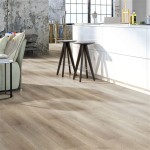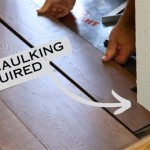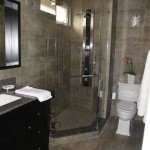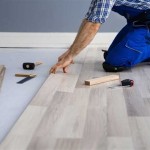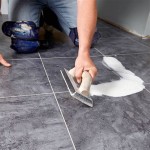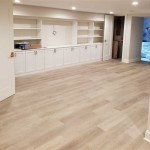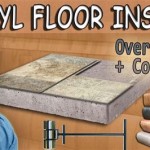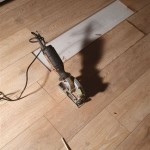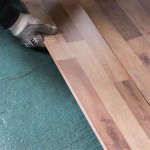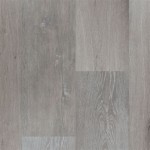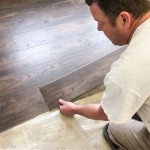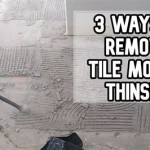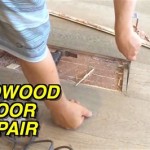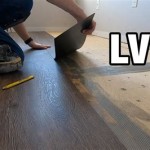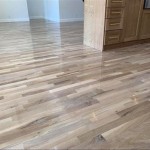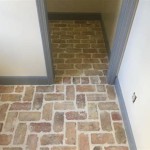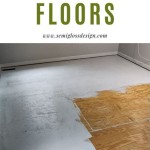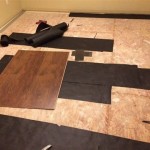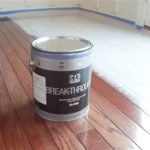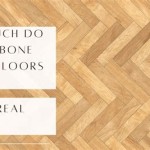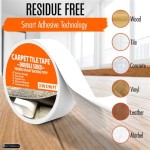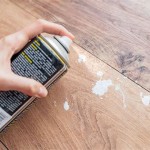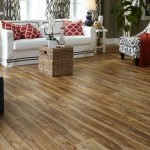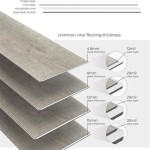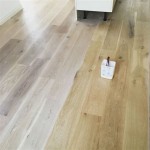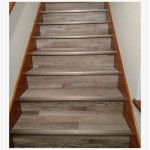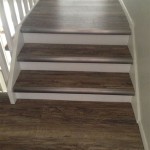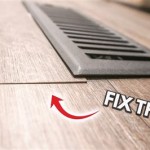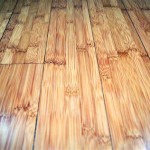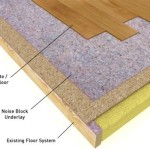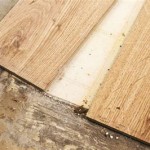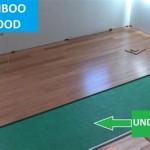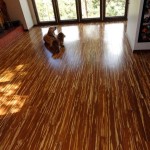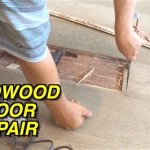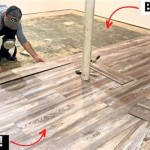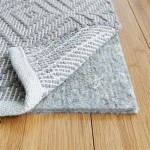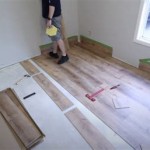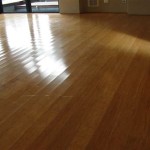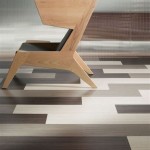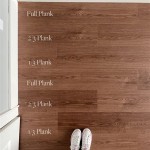How Much Does Replacing Hardwood Floors Cost Per Square Foot?
Replacing hardwood floors is a significant home improvement project that can dramatically enhance a property's aesthetic appeal and overall value. However, the cost associated with this upgrade can vary widely depending on several factors. Understanding these factors and their influence on the overall price per square foot is crucial for effective budgeting and planning.
This article provides a comprehensive overview of the cost considerations involved in replacing hardwood floors, offering insights into material costs, labor expenses, preparation requirements, and other potential add-ons. By examining these elements in detail, homeowners can gain a clearer understanding of the potential financial commitment involved in this renovation project.
Material Costs and Hardwood Species
The primary cost driver in hardwood floor replacement is the price of the hardwood itself. This cost fluctuates based on the species of wood selected, its grade, its sourcing, and whether it is solid hardwood or engineered hardwood.
Solid Hardwood: Solid hardwood is constructed from a single piece of wood. Its durability and longevity are highly valued. Popular choices include oak, maple, hickory, and cherry. Oak is a common and relatively affordable option, typically ranging from $3 to $8 per square foot for the material alone. Maple, known for its smooth grain and light color, generally costs between $5 and $10 per square foot. Hickory, a very durable hardwood, can fall in the range of $6 to $12 per square foot. More exotic hardwoods like Brazilian Cherry (Jatoba) or Walnut can command prices of $8 to $15 per square foot or even higher.
Engineered Hardwood: Engineered hardwood consists of a thin veneer of real hardwood bonded to a core of plywood or high-density fiberboard (HDF). This construction makes it more dimensionally stable and less susceptible to moisture damage compared to solid hardwood. Engineered hardwood is often a suitable option for basements and areas with fluctuating humidity levels. The cost of engineered hardwood typically ranges from $3 to $13 per square foot for the material. The price is influenced by the thickness of the veneer, the quality of the core material, and the species of hardwood used for the veneer.
Grading: The grade of the wood also affects the cost. Hardwood is typically graded according to its appearance, with higher grades exhibiting fewer knots, imperfections, and color variations. Clear grade hardwood is the most uniform and expensive, while lower grades like rustic or cabin grade may have more character and are often more affordable.
Installation Method Influence: The intended method of installation influences the type of wood that can be realistically considered for purchase. Solid hardwood, for example, is typically nailed or glued down. Engineered hardwood flooring is more versatile and can be nailed, stapled, glued, or installed as a floating floor. A floating floor requires no adhesive or fasteners, relying on interlocking planks and is typically less costly and faster to install. The overall material costs are also affected by the choice of underlayment required below the hardwood. The underlayment provides a moisture barrier and cushions the flooring, contributing to sound dampening and insulation.
Labor Costs and Installation Complexity
Labor costs represent a significant portion of the overall expense of replacing hardwood floors. Labor rates vary depending on the region, the experience of the installer, and the complexity of the installation. Generally, labor costs range from $3 to $8 per square foot for professional installation.
Installation Methods: Several factors can influence the labor costs including the chosen installation method. Nailing or stapling hardwood flooring is a common and relatively straightforward method, often used for solid hardwood. Gluing down hardwood flooring is more labor-intensive, requiring careful application of adhesive and precise placement of the planks. Floating floors, while sometimes requiring meticulous leveling of the subfloor, are commonly faster and less expensive than gluing or nailing.
Subfloor Preparation: The condition of the existing subfloor can significantly impact labor costs. If the subfloor is uneven, damaged, or requires extensive repairs, additional labor will be needed to prepare it for the new hardwood flooring. This may involve leveling the subfloor, patching cracks, or even replacing sections of the subfloor altogether. Subfloor preparation can add $1 to $3 or more per square foot to the overall cost.
Room Shape and Layout: The complexity of the room's shape and layout can also influence labor costs. Rooms with many corners, archways, or custom features require more precise cutting and fitting of the hardwood planks, increasing the time and effort required for installation. Intricate patterns, such as herringbone or parquet, require specialized skills and significantly increase labor expenses.
Removal of Existing Flooring: Removing the existing flooring is typically included in the labor costs, though some contractors may charge extra for this service. The type of flooring being removed can affect the cost. Removing carpet is generally less expensive than removing tile or existing hardwood flooring, which may require specialized tools and techniques.
Adding Labor Costs: Additional labor costs also arise when installing baseboards, quarter-round molding, or transitioning between different floor types. These finishing touches are essential for a polished and professional look, but they add to the overall project expense.
Additional Cost Considerations
Beyond the material and labor costs, several other factors can impact the total price of replacing hardwood floors.
Furniture Removal and Replacement: Moving furniture out of the room before installation and replacing it afterward can be a significant undertaking. Some homeowners opt to hire professional movers to handle this task, which adds to the project's cost. Even if homeowners handle the moving themselves, the time and effort involved should be considered. Some contractors will provide furniture moving services for an additional fee.
Disposal Fees: Disposing of the old flooring and any construction debris can incur additional fees. Some contractors include disposal in their overall price, while others charge a separate fee. Landfill fees and transportation costs can contribute to this expense.
Permits and Inspections: Depending on local regulations, permits may be required for hardwood floor replacement, especially if structural changes are involved. Obtaining permits can add to the overall cost and may involve inspections by local building officials.
Unexpected Issues: During the removal of the old flooring, unexpected issues may arise, such as hidden water damage or asbestos contamination. Addressing these issues can add to the project's cost and timeline. It’s always advisable to have a contingency fund to cover unforeseen expenses.
Finishing Options: The choice of finish for the hardwood floors can also affect the cost. Prefinished hardwood flooring is often more expensive than unfinished flooring, but it saves time and labor on-site. If unfinished flooring is chosen, the cost of sanding, staining, and sealing must be factored in.
Geographic Location: Material costs and labor rates can vary significantly depending on the geographic location. Areas with a higher cost of living typically have higher labor rates and potentially higher material costs as well.
Contractor Selection: Obtaining multiple quotes from different contractors is essential for comparing prices and ensuring a competitive rate. However, it's important to prioritize quality and experience over the lowest price. A reputable contractor with a proven track record can ensure a successful installation and minimize the risk of future problems.
By carefully considering all of these factors, homeowners can develop a realistic budget for replacing their hardwood floors and make informed decisions throughout the project. Accurate estimates and thorough planning are crucial for a successful and cost-effective renovation.

Floor Replacement Cost To Refloor A House Fixr

Floor Replacement Cost To Refloor A House Fixr

How Much Does Hardwood Flooring Cost 2025

How Much Does Hardwood Flooring Cost 2025

How Much Does Hardwood Flooring Cost 2025

The Cost Of Installing Hardwood Floors A Guide For Homeowners Architects Diary

Cost To Install Hardwood Flooring Floor Fixr

Hardwood Floor Repair Cost Estimator Estimate Florida Consulting

Flooring Installation Cost Guide 2025 Average S By Type

Cost To Install Hardwood Flooring Floor Fixr
See Also
